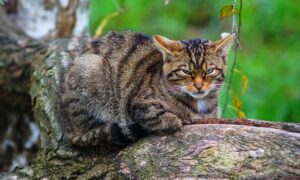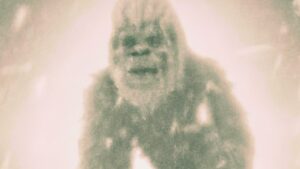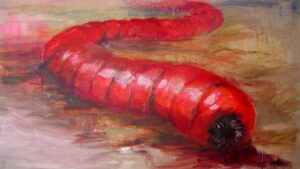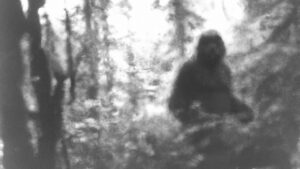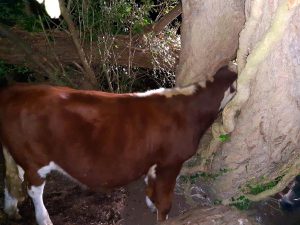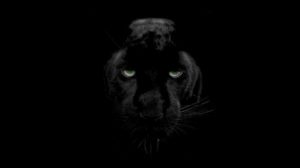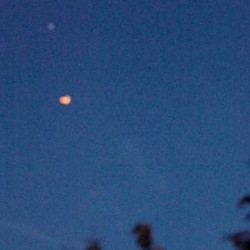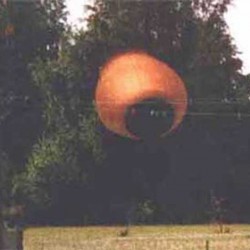[inspic=309,right,fullscreen,thumb]Very pleasant indeed, the Boulengerula taitanus, a worm-like amphibian from south-east Kenya was first identified back in 1935. But it is only recently that scientist have discovered its unusual parenting habits!
The adults have two rows of pointy teeth that they use to feed on insects, the young only have very small hook-like teeth when they hatch and as a result can’t eat the same way as their parents.
So the mother develops a thicker skin, a kind of nutritious outer layer that the young rip off and eat, using their special teeth. While the young are feeding the mother appears to be very relaxed, and not moving at all.
The Boulengerula taitanus belongs to the group of amphibians called caecilians, and while its young hatch from eggs, most of the species are viviparous, meaning that they give birth to already developed offspring. The fetus of the live-bearing caecilians are fed inside the female with special cells of the oviduct, which are eaten by the fetus with special scraping teeth.
Because they do this using similarly shaped teeth to the Boulengerula taitanus, the scientists believe that Boulengerula taitanus may be an evolutionary precursor to live-bearing caecilians.
Scientist also believe by studying how this form of parenting evolved might shed light on how parenting developed in mammals.
Related Links:
BBC, Yummy mummy feeds young its skin
Wikipeadia, Caecilian

